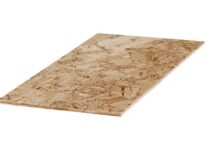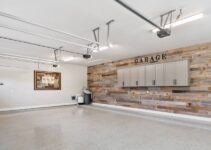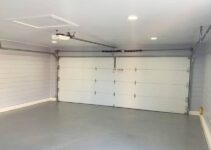Are you looking to spruce up your garage and give it a fresh new look? Painting plywood walls is a fantastic way to improve both the appearance and durability of your garage space.
Not only will it provide a clean and polished look, but it will also protect your plywood walls from moisture and potential damage.
In this article, we will take you through the step-by-step process of painting plywood walls in garage, providing valuable tips and instructions for a successful paint job.
Preparing the Plywood Surface

Before you start painting, it’s essential to prepare the plywood surface properly. Follow these steps to ensure a smooth and long-lasting finish:
- Clean the walls: Remove any dust, dirt, or debris from the plywood walls using a broom or vacuum cleaner. This will help the paint adhere better to the surface.
- Repair any damages: Inspect the plywood for any cracks, holes, or imperfections. Fill them with a suitable wood filler and sand the area until it’s smooth and even.
- Sand the surface: Lightly sand the plywood walls to create a rough texture, which will help the paint adhere better. Use medium-grit sandpaper and sand in the direction of the wood grain.
- Prime the walls: Apply a coat of primer to the plywood walls. Primer helps seal the surface, improves paint adhesion, and ensures a uniform finish.
Choosing the Right Paint
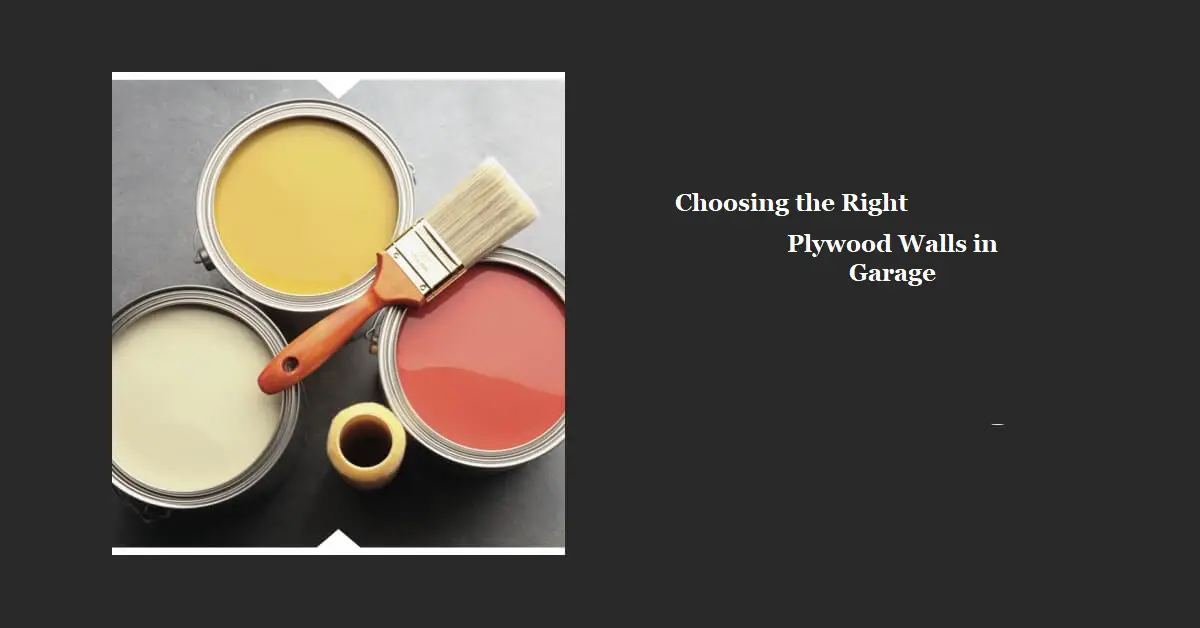
Selecting the appropriate paint for your plywood walls is crucial for achieving a professional and long-lasting result. Consider the following factors when choosing paint:
- Type of paint: Opt for a high-quality latex or oil-based paint that is suitable for interior use. These types of paint offer excellent durability and are resistant to moisture, stains, and chipping.
- Finish: Choose a paint finish that suits your preferences and the purpose of the garage. Satin or semi-gloss finishes are commonly used for walls, as they are easy to clean and provide a smooth and subtle sheen.
- Color selection: Select a color that complements the overall aesthetics of your garage. Lighter colors can make the space appear larger and brighter, while darker colors can add depth and hide imperfections.
Read Also:
Installing Plywood on Garage Walls
Tools and Materials Required
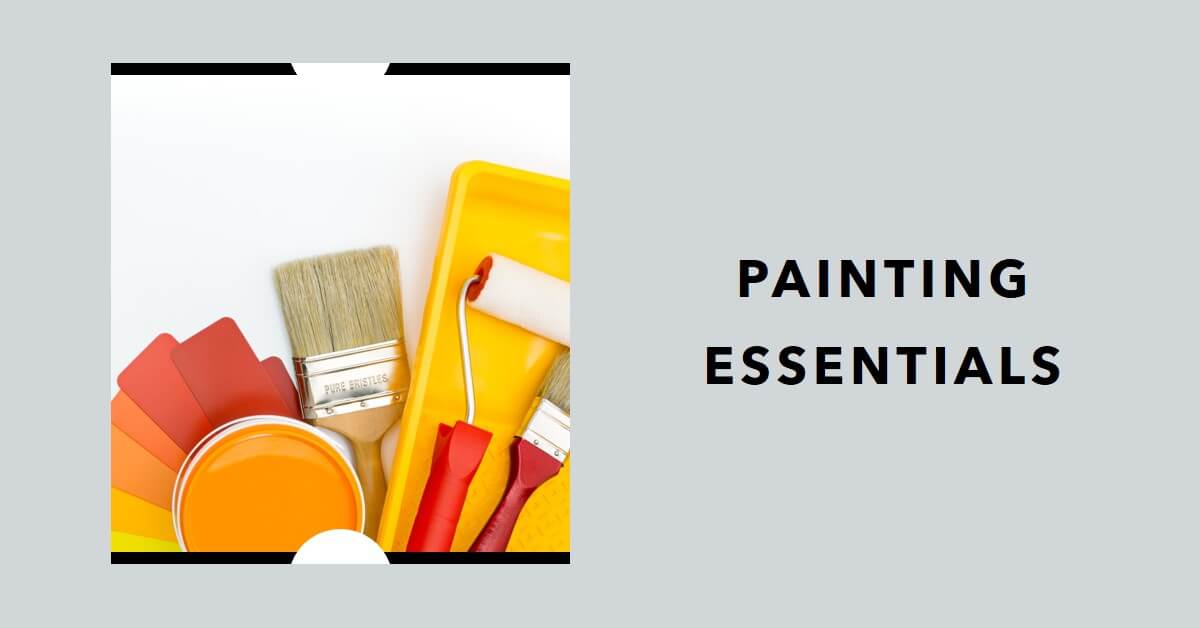
To paint plywood walls in garage, gather the following tools and materials:
- Drop cloths or plastic sheets
- Painter’s tape
- Paintbrushes (various sizes)
- Paint roller and roller covers
- Paint tray
- Extension pole (for hard-to-reach areas)
- Paint stirrer
- Paint scraper (for removing old paint or imperfections)
- Sandpaper (medium-grit)
- Tack cloth or a damp cloth for cleaning
- Primer
- Paint
Step-by-Step Guide to Painting Plywood Walls in the Garage
Follow these steps to paint plywood walls in your garage:
- Preparation: Lay drop cloths or plastic sheets on the floor to protect it from paint splatters. Use painter’s tape to mask off any areas you don’t want to paint, such as windows or trim.
- Cutting in: Start by cutting in the edges and corners of the walls using a paintbrush. Apply an even coat of paint along the edges, ensuring a smooth transition to the roller-applied areas.
- Roller application: Use a paint roller to apply the paint to the larger areas of the plywood walls. Work in small sections, applying the paint in a “W” or “M” shape to ensure even coverage.
- Additional coats: Allow the first coat of paint to dry according to the manufacturer’s instructions. Apply additional coats as necessary to achieve the desired color and finish. Make sure each coat is fully dry before applying the next one.
- Clean up: Remove the painter’s tape before the paint is completely dry to prevent peeling. Clean your brushes, rollers, and trays with soap and water or according to the paint manufacturer’s instructions.
Read Also:
Waterproof Wall Panels for Garage
Tips for a Successful Paint Job
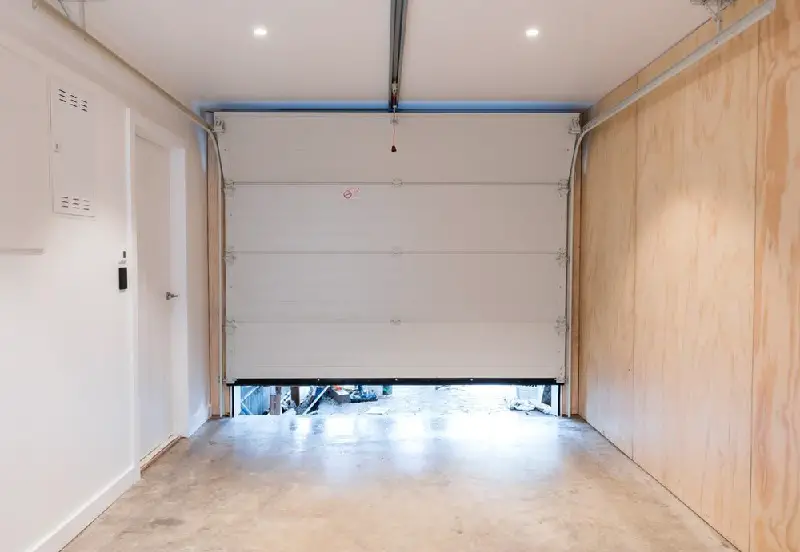
Consider the following tips to ensure a successful paint job on your plywood garage walls:
- Ventilation: Ensure proper ventilation in the garage by opening windows or using fans. This helps the paint dry faster and reduces strong odors.
- Temperature and humidity: Paint in moderate temperatures (around 50-85°F) and avoid painting on extremely humid days. Extreme temperatures and humidity can affect the paint’s drying time and adhesion.
- Lighting: Use adequate lighting in the garage to detect any imperfections or missed spots while painting.
- Work systematically: Start from one corner of the garage and work your way across the walls systematically. This helps maintain a consistent application and avoids missing any areas.
- Maintain a wet edge: When using a roller, keep a wet edge by slightly overlapping each new stroke with the previous one. This prevents lap marks and ensures a seamless finish.
Read Also:
Best Material for Garage Walls
Maintenance and Cleaning
Proper maintenance and cleaning can extend the lifespan and appearance of your painted plywood walls. Follow these guidelines:
- Regular cleaning: Wipe the walls with a soft cloth or sponge periodically to remove dust and dirt.
- Avoid abrasive cleaners: Use mild soapy water for cleaning, avoiding harsh or abrasive cleaners that can damage the paint.
- Address stains promptly: If you notice any stains, clean them as soon as possible using a gentle cleaner or stain remover suitable for painted surfaces.
You may also like:
Conclusion
Painting plywood walls in your garage is a rewarding project that enhances both the appearance and functionality of the space.
By following the outlined steps and tips in this article, you can achieve a professional-looking finish that will withstand the test of time. Enjoy your newly painted garage walls and the fresh atmosphere they bring to your workspace!
